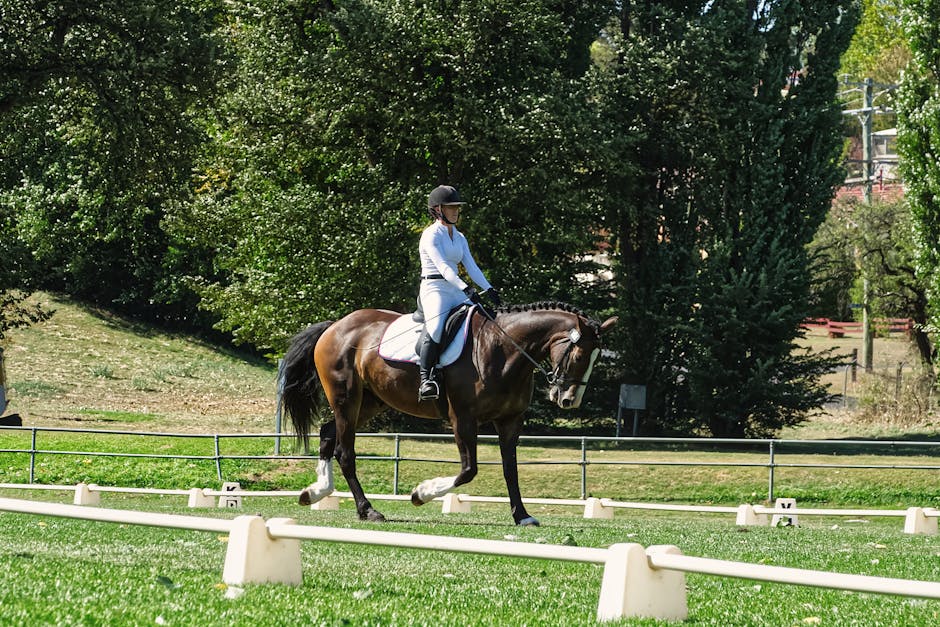The Soundtrack of Training: Music's Key Role in Pet Learning
Engaging your pet in training can often feel like an uphill battle, filled with challenges that tempt you to abandon all hope. But what if there was a unique way to ease that struggle? Research increasingly suggests that music, specifically carefully curated soundtracks, can play a pivotal role in enhancing your pet’s learning and mood. This article dives into the fascinating intersection of music, pet training, and emotional well-being, offering you insights that can transform your approach to pet care.
The Science Behind Sound: How Music Affects Pets

Understanding how music impacts your pet begins with looking at the science of sound. Studies, such as those published by the Journal of Veterinary Behavior, show that different types of music can evoke varied emotional responses in animals. Classical music tends to calm dogs, making them more receptive to training. In contrast, more upbeat genres might stimulate energy and playfulness.
Just as humans respond to music—often using it as a backdrop for relaxation or motivation—our pets experience noticeable changes in behavior when exposed to certain types of sound. It's no wonder that many trainers are now incorporating soundtracks into their sessions.
The Emotional Frequency of Music

Music isn’t just about melody; it’s also about frequency. Pets, especially dogs, can hear higher frequencies than humans, allowing them to perceive sounds that we may not even notice. This unique ability opens up a world of opportunities. By choosing music with specific frequencies and rhythms, you can create a training environment that minimizes stress or enhances focus.
For instance, sounds in the 50-70 beats per minute range are often linked to relaxation. Songs with these tempos can provide a harmonious backdrop during training sessions, reducing anxiety and boosting emotional well-being, which is vital for effective learning.
If you’re looking to unravel this phenomenon further, check out harness soundscapes to understand how to blend different types of music to your advantage.
Tailoring the Soundtrack for Your Pet

Just like you wouldn't play loud pop music at a yoga retreat, the ambiance of your training space and the accompanying music should be tailored to your pet’s personality and preferences. For instance, you might have a high-energy puppy who responds better to upbeat tracks. If you notice your dog is easily distracted or anxious, consider switching to softer, soothing tunes. Moreover, observing your pet's response to different music genres can help you establish a more personalized training soundtrack.
The Importance of Consistency

As with any training method, consistency is crucial. By using specific music during your training sessions, you can create a positive association. Whenever they hear that particular track, your pet may become more focused and ready to engage positively. Think of it as establishing a sound cue that tells your pet it’s time to learn.
Incorporating structured music playlists can also streamline the training process. For example, use calming music during initial training phases and upbeat tracks during playtime. This seamless transition can foster a positive training environment, ultimately enhancing your results.
Real-Life Examples: Music in Action

There are numerous anecdotes from pet owners and trainers who have embraced this melodic method. One dog trainer, Sarah, shared her experience using classical music during obedience training sessions. She noticed a marked improvement in her dogs’ attention spans and willingness to participate, demonstrating just how powerful a well-curated soundtrack can be.
Additionally, animal shelters have begun to adopt music therapy with notable success. Programs implemented in various shelters have shown that dogs exposed to soothing background music during their stay display decreased stress levels and increased chances of adoption. The change in behavior can potentially make a significant difference in their overall quality of life, showcasing the transformative power of sound.
If you're interested in exploring other unique pet training methods, be sure to read about calm spaces through pet mediation to discover the synergy between sound, environment, and behavior.
Creating a Musical Training Environment

To effectively utilize music in pet training, consider creating a dedicated space that enhances your pet’s learning experience. Here’s how:
Choose the Right Equipment

Investing in good-quality speakers can make all the difference. Clear sound promotes a better auditory environment, allowing your pet to experience the full spectrum of music. Whether you opt for a Bluetooth speaker or a classic stereo setup, prioritize clarity.
Mix Up the Playlists

You wouldn't want to hear the same song on repeat, and neither would your pet. Creating diverse playlists suited for different training activities keeps things fresh. Include calming music for relaxation, rhythmic tunes for active sessions, and even playful jingles to engage your pet during games or bonding times.
Monitor Pet Responses

Paying close attention to your pet's reactions during your training sessions will provide invaluable feedback. If your dog seems withdrawn or distracted, it may be time for a tactful switch in music. On the other hand, if you notice them responding positively, keep that playlist on standby. In time, you’ll learn which tunes resonate and enhance your training.
The Psychological Impact of Music

Beyond improving training outcomes, music can also support your pet's emotional health. Just like humans often use music as a coping mechanism, our furry friends can also find comfort in melodies. The right music can alleviate feelings of anxiety, especially during stressful times like thunderstorms or fireworks.
Music and Anxiety Management

For many pets, anxiety can hinder their learning ability. Dogs suffering from separation anxiety may benefit from soothing classical or ambient music while their owners are away. This approach can provide much-needed comfort, ultimately leading to a more relaxed and focused pet during training sessions.
Recent studies confirm the relevance of music therapy for anxious animals, showcasing a genuine connection between audio stimuli and emotional well-being. If you’re navigating behavioral issues, combining training techniques with music may unlock a path to progress for both you and your pet.
The Role of Music in Socialization

Beyond training, music can play an intriguing role in your pet’s socialization. Introducing your pet to new experiences—whether it's meeting other pets or exploring different environments—can also be enhanced by sound.
Using Music for Social Interactions

Playing curated music during playdates or outings can help create a more relaxed atmosphere. For instance, if your pet is shy or anxious around others, integrating calming music can improve their tolerance to new environments. Over time, your pet will begin to associate new places and interactions with pleasant auditory experiences, making socialization less daunting.
Expert Insights: Talk to Veterinary Professionals

As the dialogue about music in pet training grows, more pet care professionals are starting to acknowledge its significance. Consulting veterinarians or animal behaviorists about integrating music into your training regimen can provide useful insights. They can offer recommendations on the best genres or specific sound frequencies that suit your pet’s needs.
Such consultations emphasize that the overall experience matters just as much as the method itself, creating opportunities for custom training plans that harness the power of sound.
Final Thoughts: Striking a Chord in Your Pet’s Learning Journey
The role of music in pet training is a captivating topic that deserves further exploration. Whether you're looking to calm a jittery Jack Russell, enhance a lazy Labrador’s playful spirit, or simply infuse some joy into routine training, incorporating a carefully curated musical journey could be your next step.
By harnessing the power of music, you can redefine your pet’s learning experience and bolster their emotional landscape. Explore different playlists, observe their reactions, and see how these audio elements can transform not just your training sessions but your pet’s overall well-being. If this piques your interest, connect deeper with the world of pet care by exploring storytelling in training or delve into scent training techniques to further amplify your pet's learning journey.


